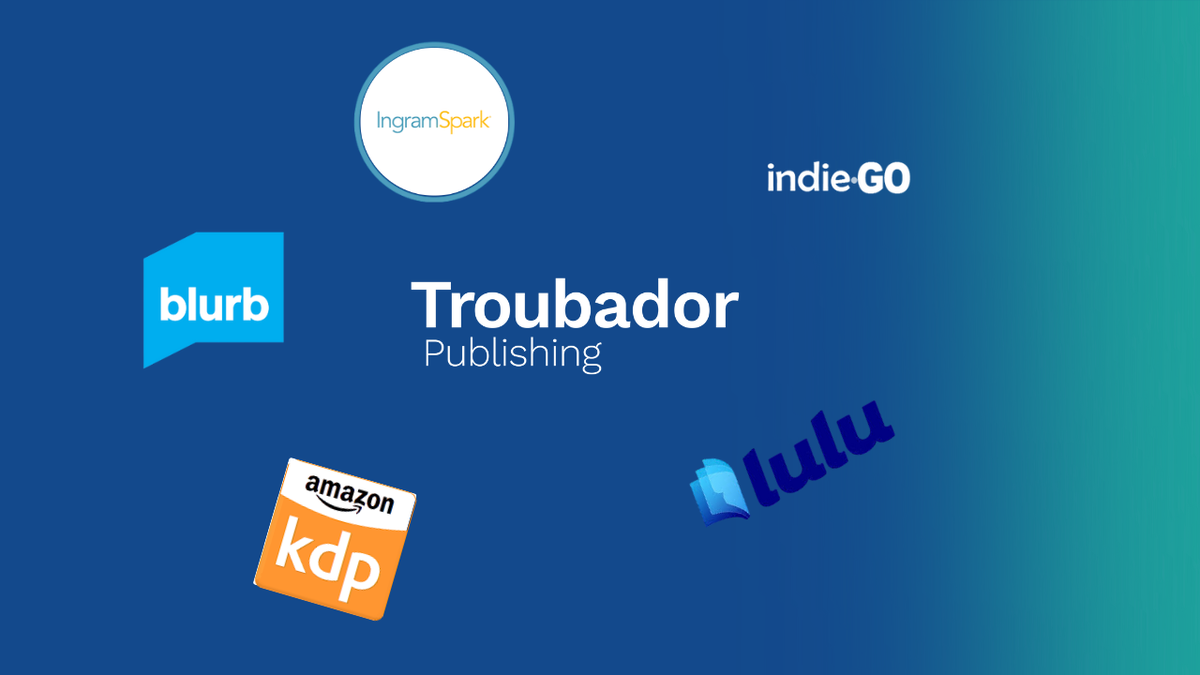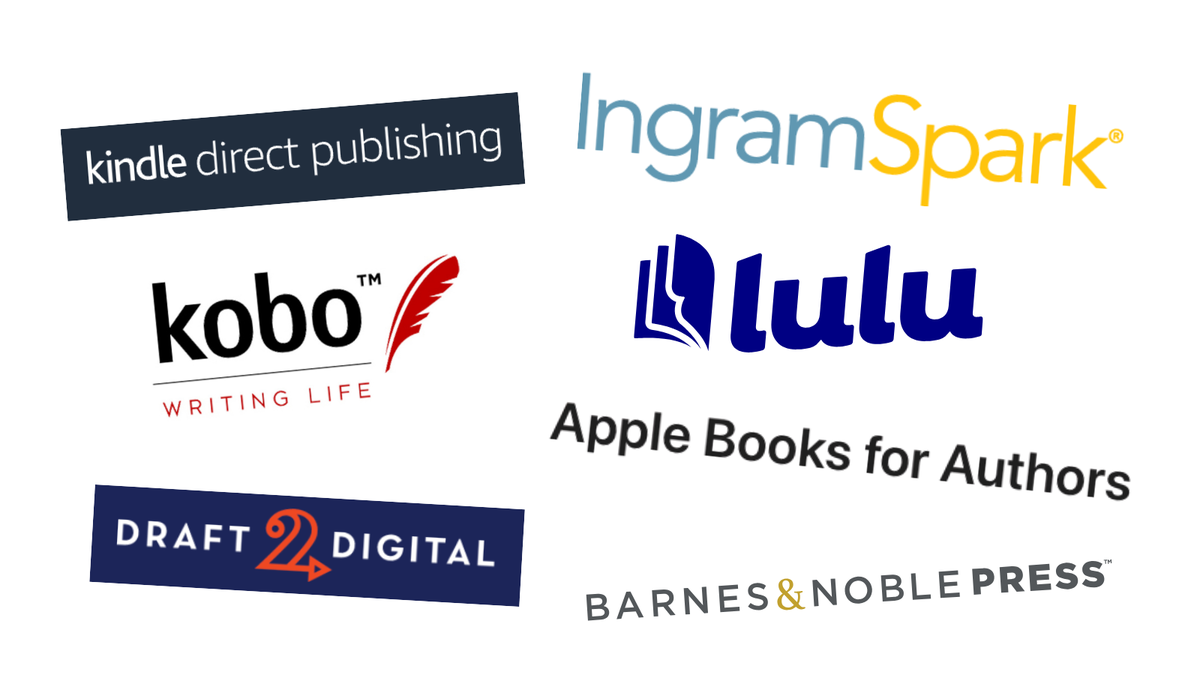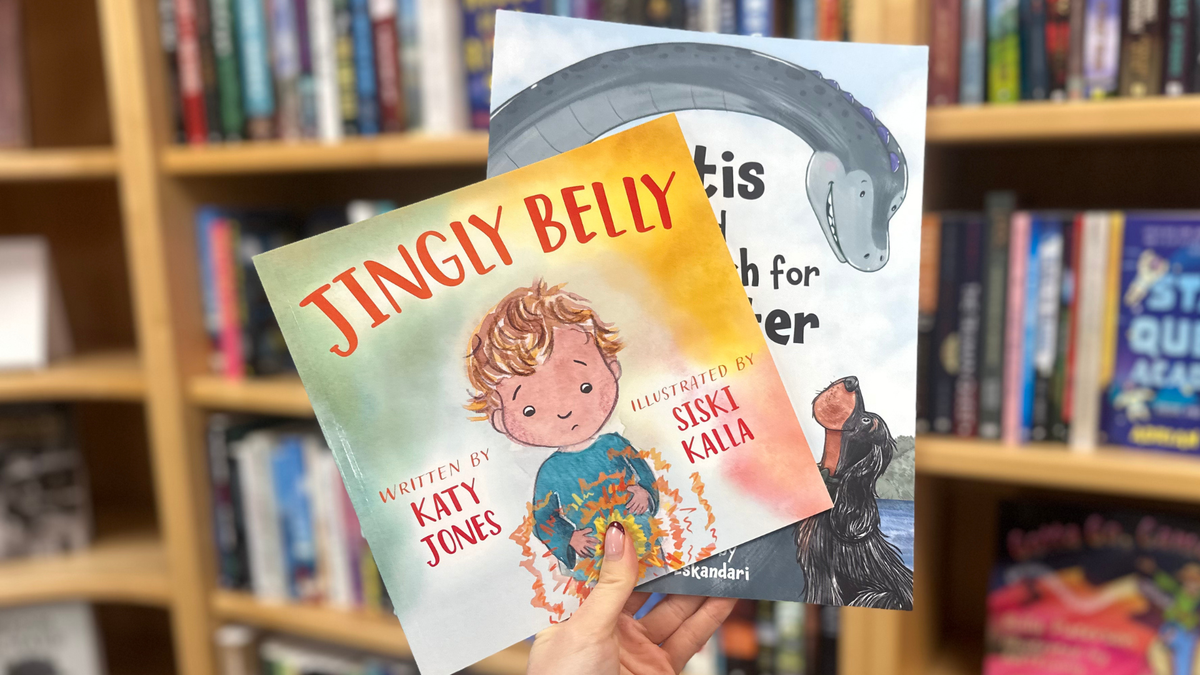
15th May, 2024
6 min read
Exploring the Different Ways to Publish Your Book
Written by:
Jane Rowland
Modern publishing offers authors so many choices when it comes to getting their books published and their work in print; from traditional publishing to self-publishing and hybrid models, each with numerous variations and approaches and author could take. But what are the advantages and disadvantages of each route for potential authors? In this blog, we explore the different avenues and opportunities available when looking to publish your book.
Exploring the Mainstream Route When Looking to Publish Your Book
Traditional publishing (or mainstream publishing) is the term given when a publisher takes on all the creative and financial risks in publishing your book. True traditional publishing means an author will make no financial contribution – but they will (as all authors are) be expected to participate during the marketing and promotion stages.
Traditional publishing has historically been seen as the pinnacle of success for an author, with a publishing contract from one of the large publishing houses a sign of achievement and an acknowledgement of the quality of the work. While traditional and mainstream deals are still highly sought after, not every writer is now judging writing success based on the name of the publisher, and in today’s more fragmented publishing industry, different routes to book publishing appeal to different writers.
That said, there are advantages to being published via the traditional route and these include:
- A publishing team that will make the key creative and marketing decisions based on their knowledge and industry trends to maximise opportunities for the book.
- Traditional publishers will handle the marketing, distribution and sales, leveraging their established networks to get your book to readers. In addition, bookshops are often more receptive to the publishing output of big or traditional publishers as they have established distribution and promotion plans in place.
- Mainstream publishers also have rigorous editorial processes – meaning that the book is shaped by editors, ensuring it is targeted exactly to the market it was commissioned for and, importantly, is error-free.
There are also, however, disadvantages to having the mainstream publish your book:
- You can lose creative control. Decisions about cover design, content and how your book is promoted are not fully in your hands.
- Only some books taken on by the big publishers will be lead titles with the big launches and backing – other books are midlist titles that are not necessarily able to receive equal amounts of attention.
- There will be longer lead times for publishing programmes as the mainstream is less reactive in getting books to market than indie and self-publishers.
- Publishers who fund the publishing are looking to maximise their return on investment, therefore future deals are always dependent on how the last book performed in the marketplace.
- Mainstream publishing is competitive with many authors submitting work and being rejected. The main route is often via submission via literary agents – which can also be highly competitive and restrictive for authors. We recommend studying the Writers’ & Artists’ Yearbook to learn more about how to pitch to a publisher or agent if you are interested in getting a traditional publisher to publish your book.

Empowering Authors via Self-Publishing When Looking to Publish Your Book
Self-publishing allows authors to take full control when they publish their book BUT self-publishing also means that all the risks, creative and financial, rest with the author, who funds (and manages) the entire project themselves. There are different ways to self-publish and understanding the differences when looking to publish your book can help you make the right decision about which route will suit you.
Direct Publishing Platforms / Print on Demand: Platforms such as Amazon Kindle Direct Publishing (KDP) and IngramSpark enable authors to upload and distribute their books globally in both digital and print formats. Authors upload their own formatted book and cover files to their chosen platform(s) and have to manage every aspect of how the book looks. These platforms can have limited print options and while they can be great for accessing online retailers such Amazon, they don’t always work so well if you wish to promote to high street retailers, due to the nature of how they.
Full-Service Self-Publishing: Companies like Troubador offer what’s known as full-service self-publishing. They provide a wide range of services, from editing, book production, audiobook and ebook production, distribution, sales and marketing to authors looking for all the services provided by a mainstream publisher – but allowing them to retain the creative control that self-publishing brings. Via full-service self-publishing, authors can access expertise and skills in publishing, marketing and distribution to ensure their book is indistinguishable from those on sale in high street bookshops. Full-service self-publishing has a higher cost point than the direct-to-platform options, as authors are accessing the skills and expertise of a team who understand the book publishing and marketing processes and which has access to wider retail markets – but the results are a high-quality product.
Compared to traditional publishing, self-publishing offers faster time-to-market and the author retains more creative control of the project. Authors could (depending on the offer) earn higher royalties per sale compared to traditional publishing royalties, especially in digital formats (but often sell fewer copies against the mainstream route). Disadvantages are that self-publishers who are inexperienced can make the wrong choices of book, format and genre, lacking the skills to provide professional-looking books, miss out the important editorial stages and can find managing all the different aspects of self-publishing challenging. With the full-service route offered by companies such as Troubador, however, these are mitigated, as there is a team of experts working alongside you.
Hybrid or Partnership Publishing: Blending Traditional and Self-Publishing Models to Publish Your Book
Hybrid publishers – which include companies such as The Book Guild – combine elements of traditional and self-publishing, offering a middle ground for authors seeking a customized publishing experience. Partnership / hybrid publishing essentially shares the costs of publishing between the publisher and the author – with the publisher bringing expertise and skill to the project and the author supplying the manuscript, and with both parties making a financial contribution. This can be more effective for authors looking for something more akin to full-service self-publishing. HOWEVER some less reputable operators in the hybrid market are known for overcharging and underdelivering, so always do your research Again, the Writers' and Artists' Yearbook is a good place to learn more about reputable partnership publishers.
Partnership publishers should offer:
- Selective submissions, accepting submissions based on quality and market potential – in the same way as traditional publishers.
- Sharing the publishing costs with the author – providing the publishing expertise and funding some of the publications so that authors benefit from professional editorial, design and distribution services.
- Clear royalty structures. The royalty structures amongst partnership and hybrid publishers can vary, so always make sure you know exactly what the deal is – most offer higher royalties than traditional publishing, but lower than self-publishing platforms – as the publisher is sharing the financial risk.
Crowdfunding To Publish Your Book
For authors seeking funding towards their publishing projects, there are now crowdfunding platforms that can help you work towards your publishing goals. However, make sure you understand exactly what you are offering and how much you need to fund before signing up. Crowdfunding platforms like Kickstarter enable authors to set funding goals, offer rewards, and engage with a community of backers who support their projects financially.
Crowdfunding helps build direct engagement with readers, enabling them to build a fan base and generate momentum for book sales. However, crowdfunding requires a proactive marketing effort – simply listing the project on crowdfunding platforms will not land you the cash to realise your publishing ambitions without the marketing push and compelling story that goes alongside it. As well as crowdfunding platforms, there are also publishers, such as Unbound that will publish selected authors’ books (upon successful pitch via the Unbound platform) via crowdfunding too.
Conclusion
As you can see, the publishing industry today offers multiple pathways when looking to publish your book. Authors are encouraged to research all the options available to them, whether pursuing traditional publishing, embracing self-publishing or exploring hybrid or partnership options, before making a final decision on how to publish.












